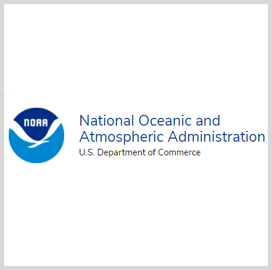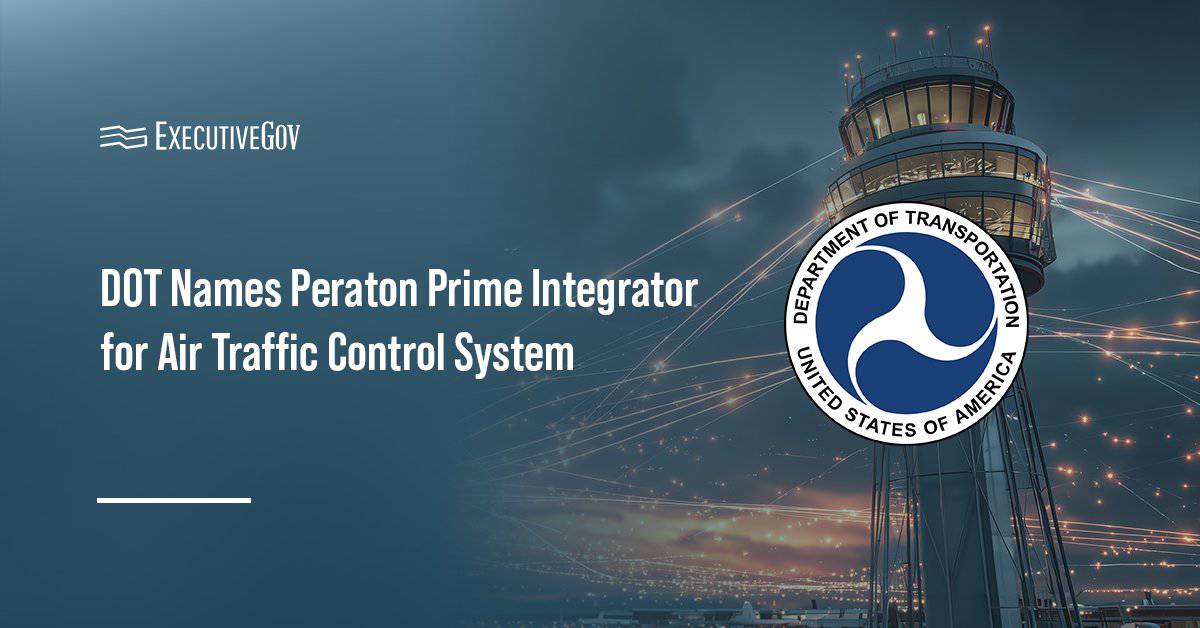The National Oceanic and Atmospheric Administration (NOAA) is looking to deploy a constellation of small satellites for weather forecast activities in the future, Space News reported Wednesday.
NOAA considers using small polar-orbiting satellites for the agency's next constellation, instead of traditional large spacecraft like the existing Joint Polar Satellite System.
Greg Mandt, NOAA's program director for JPSS, said the agency wants to take advantage of how companies are using small satellites to gather and relay information from low Earth orbit.
“If we spend the next five or six years seeing what we could do, that could produce quite an interesting paradigm shift," he said.





